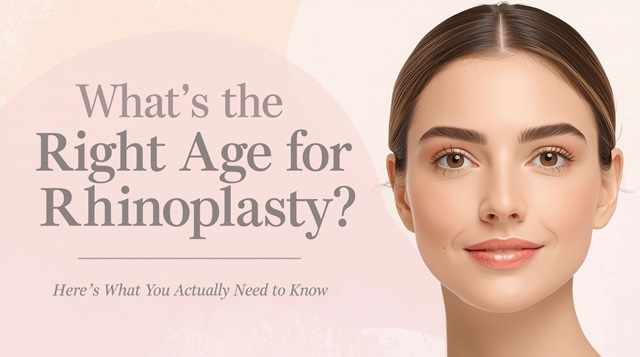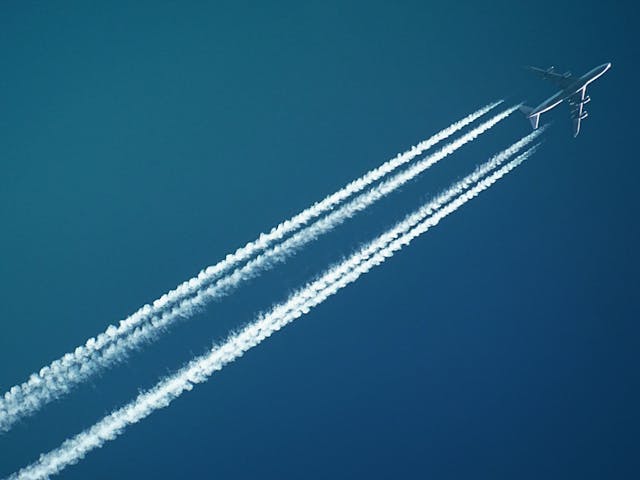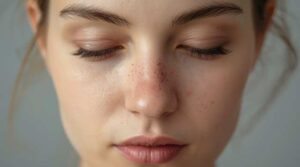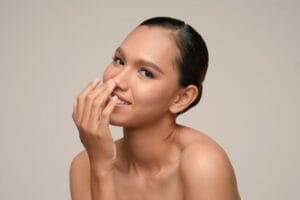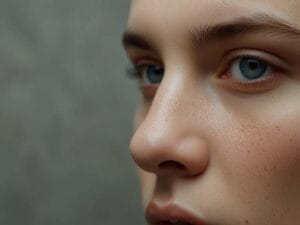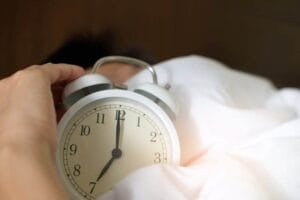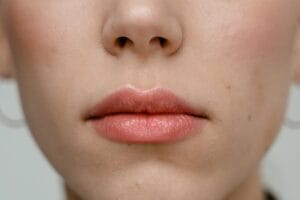Right Age for Rhinoplasty: Timing Your Nose Surgery
The right age for rhinoplasty typically ranges from 18 to 40, though the ideal timing depends on facial growth completion, emotional maturity, and individual circumstances. Most surgeons recommend waiting until at least 18 years old, when facial bones have finished developing, though some procedures may be appropriate earlier with careful evaluation.
Sarah had been thinking about rhinoplasty since she was sixteen. Every time she looked in the mirror, she noticed things she wanted to change—the slight bump on her nose bridge, the way it seemed just a bit too wide for her face. But here’s what she didn’t realize at first: timing matters. Not just for recovery, but for the actual results she’d get.
When it comes to rhinoplasty, age isn’t just a number. It’s a complex puzzle involving physical development, psychological readiness, and surgical timing. The question “What’s the right age for rhinoplasty?” doesn’t have a one-size-fits-all answer, but there are clear guidelines that can help you make an informed decision.
Understanding the Right Age for Rhinoplasty: Age Requirements
Let’s start with the basics. Most plastic surgeons have a general rule: patients should be at least 18 years old before undergoing rhinoplasty surgery. But that’s not just an arbitrary number pulled from thin air. There’s solid medical reasoning behind it. When determining the right age for rhinoplasty, surgeons consider multiple factors beyond just a calendar date.
Facial growth, particularly in the nose area, typically completes around age 15 or 16 for girls and a bit later—sometimes 17 or 18—for boys. However, surgeons want to be absolutely certain that growth has finished before making permanent changes. Operating on a nose that’s still growing can lead to unpredictable results, potentially requiring revision surgery down the line.
Why 18 is the Standard Minimum Age for Rhinoplasty
By age 18, facial bones have almost certainly finished their development. The nasal cartilage and bone structure have reached their adult size, which means surgical modifications will be more predictable and stable. That’s crucial because rhinoplasty involves reshaping both bone and cartilage—if those structures are still changing, your results could shift over time. This is why the right age for rhinoplasty typically starts at 18, though individual circumstances can vary.
But here’s where it gets interesting: some surgeons will consider rhinoplasty for patients as young as 16 or 17, especially in cases involving breathing problems or significant functional issues. These situations require careful evaluation, often involving X-rays to confirm growth plate closure.
Teenage Rhinoplasty: Special Considerations
Teenagers seeking rhinoplasty present unique challenges. The emotional maturity factor is huge here. I’ve seen cases where a 17-year-old patient was more psychologically prepared than someone in their mid-twenties. Age doesn’t always correlate with readiness.
When evaluating younger patients, experienced surgeons look for several key indicators:
- Mature motivation: The desire for surgery should come from the patient, not external pressure from peers or family members. This is critical—surgery done to please others rarely leads to satisfaction.
- Realistic expectations: Understanding that rhinoplasty can improve appearance but won’t solve deeper self-esteem issues. Patients need to have realistic goals about what surgery can achieve.
- Stable appearance concerns: The issues they want to address should have been consistent for at least a year or two. Teenage self-perception can fluctuate, so surgeons want to ensure the concerns are stable.
- Physical maturity: X-rays or other imaging to confirm facial growth completion, particularly for patients under 18.
That said, teenage rhinoplasty isn’t uncommon, and it’s not inherently problematic. When done for the right reasons at the right time, it can have profoundly positive effects on a young person’s confidence and quality of life. The key is thorough evaluation and ensuring the patient is truly ready.
The Right Age for Rhinoplasty: Ideal Range in 20s and 30s
Most rhinoplasty procedures happen when patients are in their twenties or early thirties. This age range represents something of a sweet spot for several reasons. When people ask about the right age for rhinoplasty, this period often comes up as the optimal window.
For one, patients in this age group have typically finished growing completely. Their facial features have settled into their adult appearance, making surgical planning more straightforward. Recovery also tends to be smoother—younger patients generally heal faster and have better skin elasticity, which can contribute to optimal results.
From a psychological standpoint, people in their twenties and thirties often have a clearer sense of their identity and appearance goals. They’ve had time to live with their features and understand what they genuinely want to change versus what they might have been self-conscious about during adolescence. This emotional clarity is part of what makes this period the right age for rhinoplasty for many patients.
Early 20s: Prime Time for Rhinoplasty
The early twenties might be considered an ideal window for rhinoplasty. Patients are old enough that growth is definitely complete, young enough for excellent healing, and often at a life stage where appearance changes can have significant positive impacts—entering careers, forming relationships, building confidence.
In my practice, I’ve observed that patients in their early twenties also tend to be highly motivated and compliant with post-operative care instructions. They’re typically willing to follow the detailed recovery protocols that contribute to successful outcomes.
Rhinoplasty in Your 30s and Beyond
What about older patients? Can you get rhinoplasty in your thirties, forties, or even later? Absolutely. Age alone doesn’t disqualify someone from being a good candidate for rhinoplasty.
Patients in their thirties often seek rhinoplasty for different reasons than younger patients. While teenagers and twenty-somethings might focus on aesthetic concerns related to their natural nose shape, older patients sometimes address aging-related changes or refine results from previous procedures.
That said, there are some age-related considerations. Skin elasticity decreases with age, which can affect healing and final appearance. Older patients might need more time to recover, and the risk of certain complications can be slightly higher. But for healthy individuals, age in the thirties and forties doesn’t present significant barriers to successful rhinoplasty.
Age-Related Surgical Considerations
When evaluating older patients for rhinoplasty, surgeons pay particular attention to:
- Skin quality: Thinner, less elastic skin requires different surgical techniques and may affect healing timelines.
- Overall health: Medical conditions more common in older adults can impact anesthesia safety and recovery.
- Realistic expectations: Understanding that results might take longer to appear and that skin changes might continue with age.
- Recovery support: Ensuring patients have adequate support during the recovery period, which can be more challenging for older adults with work or family responsibilities.
Factors Beyond Age That Matter
Here’s what many people don’t realize: age is just one piece of the puzzle. Several other factors significantly influence whether rhinoplasty is right for you and when you should have it done. Understanding these factors helps determine the true right age for rhinoplasty in your specific situation.
Physical Health and Readiness
Your overall health matters more than your chronological age. A healthy 45-year-old might be a better candidate than an unhealthy 25-year-old. Surgeons evaluate factors like cardiovascular health, healing capacity, and the presence of conditions that could complicate surgery or recovery.
Smoking is a huge factor here—it significantly impacts healing and can affect rhinoplasty outcomes. Most surgeons require patients to quit smoking for several weeks before and after surgery. This applies regardless of age.
Emotional Maturity and Stability
This might be the most underrated factor. Emotional maturity doesn’t automatically come with age, and it’s crucial for rhinoplasty success. Patients need to:
- Have realistic expectations about what surgery can achieve
- Understand the recovery process and potential complications
- Be making the decision for themselves, not to please others
- Have stable mental health and be in a good place emotionally
I’ve seen patients in their late teens who were more emotionally prepared than some in their thirties. Age is a guideline, but it’s not the only measure of readiness.
Life Circumstances and Timing
Practical considerations matter too. Rhinoplasty requires time for recovery—typically one to two weeks before returning to normal activities, and several weeks before all swelling subsides. Patients need to consider:
- Work or school schedules that allow for adequate recovery time
- Financial stability to cover the procedure and potential time off
- Support systems during recovery
- Major life events that might affect timing
There’s no perfect age if your life circumstances don’t support proper recovery. Better to wait until you can commit fully to the process.
Special Cases: Functional Rhinoplasty and Breathing Issues
When breathing problems are involved, the age considerations can shift. Functional rhinoplasty—procedures focused on improving nasal breathing—might be appropriate at younger ages, especially if the issues significantly impact quality of life.
Conditions like a deviated septum, nasal valve collapse, or other structural issues can cause chronic breathing problems, sleep disturbances, and other health concerns. In these cases, surgeons might recommend surgery earlier than they would for purely cosmetic procedures.
However, even for functional rhinoplasty, the same growth-related considerations apply. Surgeons still need to ensure facial growth is complete before making permanent structural changes. The difference is that the health benefits might outweigh waiting, and the evaluation process might be more flexible.
Consultation and Evaluation Process
If you’re considering rhinoplasty, regardless of your age, the consultation process is crucial. A good surgeon will evaluate multiple factors beyond just your age:
- Physical examination: Assessing your nasal structure, skin quality, and facial proportions
- Growth assessment: For younger patients, this might include X-rays to confirm growth plate closure
- Psychological evaluation: Understanding your motivations, expectations, and emotional readiness
- Medical history: Reviewing your health, medications, and any factors that could affect surgery
- Discussion of goals: Ensuring you have realistic expectations about what rhinoplasty can achieve
This comprehensive evaluation helps determine not just whether you’re a good candidate for rhinoplasty, but whether now is the right time. Sometimes, the answer is “yes, but wait a year.” Other times, it’s “you’re ready now.” The key is finding a surgeon who takes the time to do this evaluation properly.
Determining the Right Age for Rhinoplasty: Is Now the Right Time?
So how do you know if you’re at the right age for rhinoplasty? Start by asking yourself some honest questions:
- Have I finished growing? (If you’re under 20, this needs medical confirmation)
- Am I making this decision for myself, not to please others?
- Do I have realistic expectations about what surgery can achieve?
- Is this a stable concern I’ve had for a while, or a recent worry?
- Am I in good health and able to commit to proper recovery?
- Do I have the emotional maturity to handle the process and potential outcomes?
If you can answer yes to most of these questions, you might be ready for rhinoplasty regardless of your specific age. The number itself matters less than the combination of physical readiness, emotional maturity, and life circumstances. The right age for rhinoplasty is less about reaching a specific birthday and more about reaching a state of readiness across multiple dimensions.
Finding Your Right Time for Rhinoplasty
The right age for rhinoplasty isn’t a single number—it’s a combination of factors unique to each person. While 18 is the general minimum, the ideal timing depends on your physical development, emotional readiness, health status, and life circumstances.
Most successful rhinoplasty procedures happen when patients are in their twenties or early thirties, but age alone doesn’t determine candidacy. What matters most is finding a qualified surgeon who will thoroughly evaluate all these factors and help you determine if now is the right time—or if waiting might lead to better results.
If you’re considering rhinoplasty, start with a consultation. A good surgeon will help you understand not just whether you’re a candidate, but whether the timing is right for your specific situation. Sometimes the best answer is to wait. Other times, you’re ready now. The key is making an informed decision based on comprehensive evaluation, not just your age.
